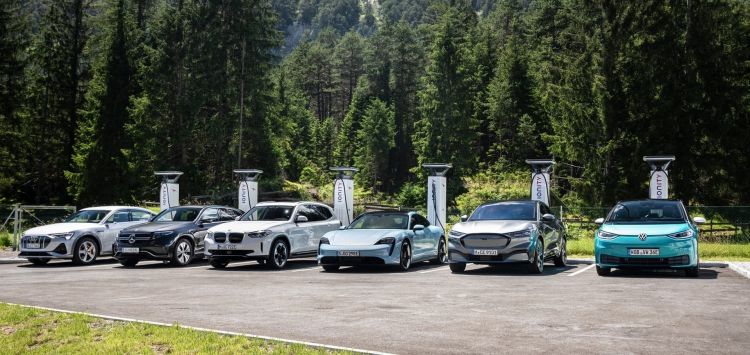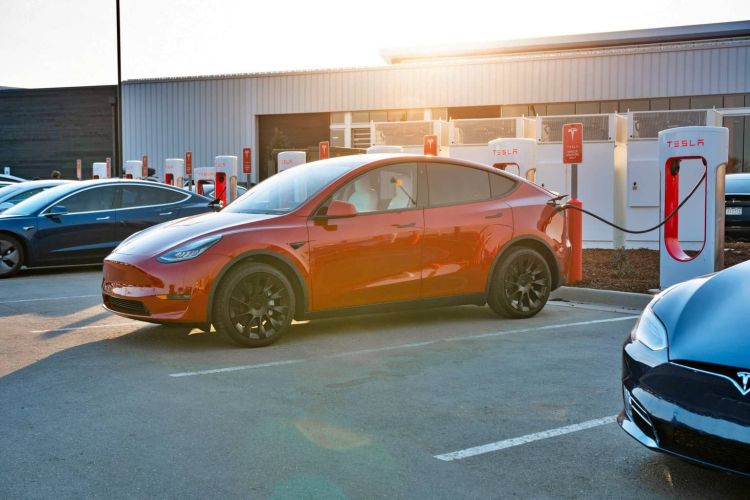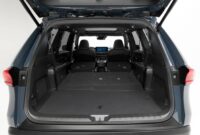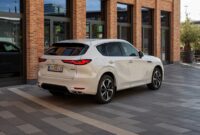Low temperatures have been, and continue to be, a problem to take into account when using an electric car. The cold can cause great havoc in the autonomy of our electricand although better and better air conditioning systems are used for batteries, the loss of autonomy can reach up to 32% depending on which electric cars. That is why today we are going to discover how much autonomy 13 different electric cars lose when faced with sub-zero temperatures.
From the hands of the community of electric car users Recurrent (USA), we have been able to learn about a recent study made with the data of 7,000 drivers of electric cars. The objective of this study was to collect data on the consumption and autonomy of different models of electric cars, comparing autonomy differences between summer and winter seasonsusing for this reference temperatures of 21º C in summer and between -6 and -1º C in winter.
And the results speak for themselves. Low temperatures affect battery electrics considerablyaffecting both the performance of the battery itself due to the increased internal resistanceas well as the auxiliary systems that manage it, because among other things the energy consumption of the vehicle is triggered to acclimatize the battery and make it work in its optimal temperature range (between 20 and 30 ºC). This drop also affects the charging and discharging of the accumulator, since once again the fact of working outside the optimal temperature range means that energy consumption skyrockets, even if we do not use the car and it is parked in “standby” mode.
Once we look at the data obtained by this study, we discover that enough information has been collected to assess a total of 13 different electric cars that we can buy right now on the market. And the reduction of autonomy, ordered from most to least, would be as follows:
- Chevrolet Bolt (32%)
- Ford Mustang Mach-E (30%)
- VW ID.4 (30%)
- BMW i3 (24%)
- Volkswagen e-Golf (23%)
- Nissan Leaf (21%)
- Hyundai Kona EV (19%)
- Tesla Model S (19%)
- Tesla Model 3 (17%)
- Tesla Model X (15%)
- Tesla Model Y (15%)
- Audi e-tron (8%)
- Jaguar I-Pace (3%)
In conclusion, although we are increasingly finding batteries that are more resistant to external factors, in addition to more capable and efficient management systems, The cold is still a problem that we must take into account when using our electric carespecially once the temperature begins to drop below 10º C. In these cases It is highly recommended to make the trips always assuming a lesser autonomy than usual, thus avoiding that we can see each other without enough range to reach the destination or a recharging point. Similarly, it is recommended that If our car sleeps next to a Wallbox, leave it connected in order to avoid that consumption in “standby” for long periods leaves us without sufficient autonomy for our next journey, being especially useful to use the route planner offered by some brands to precondition the battery and thus begin the trip with the propulsion system in optimal conditions.
Font: Recurring






